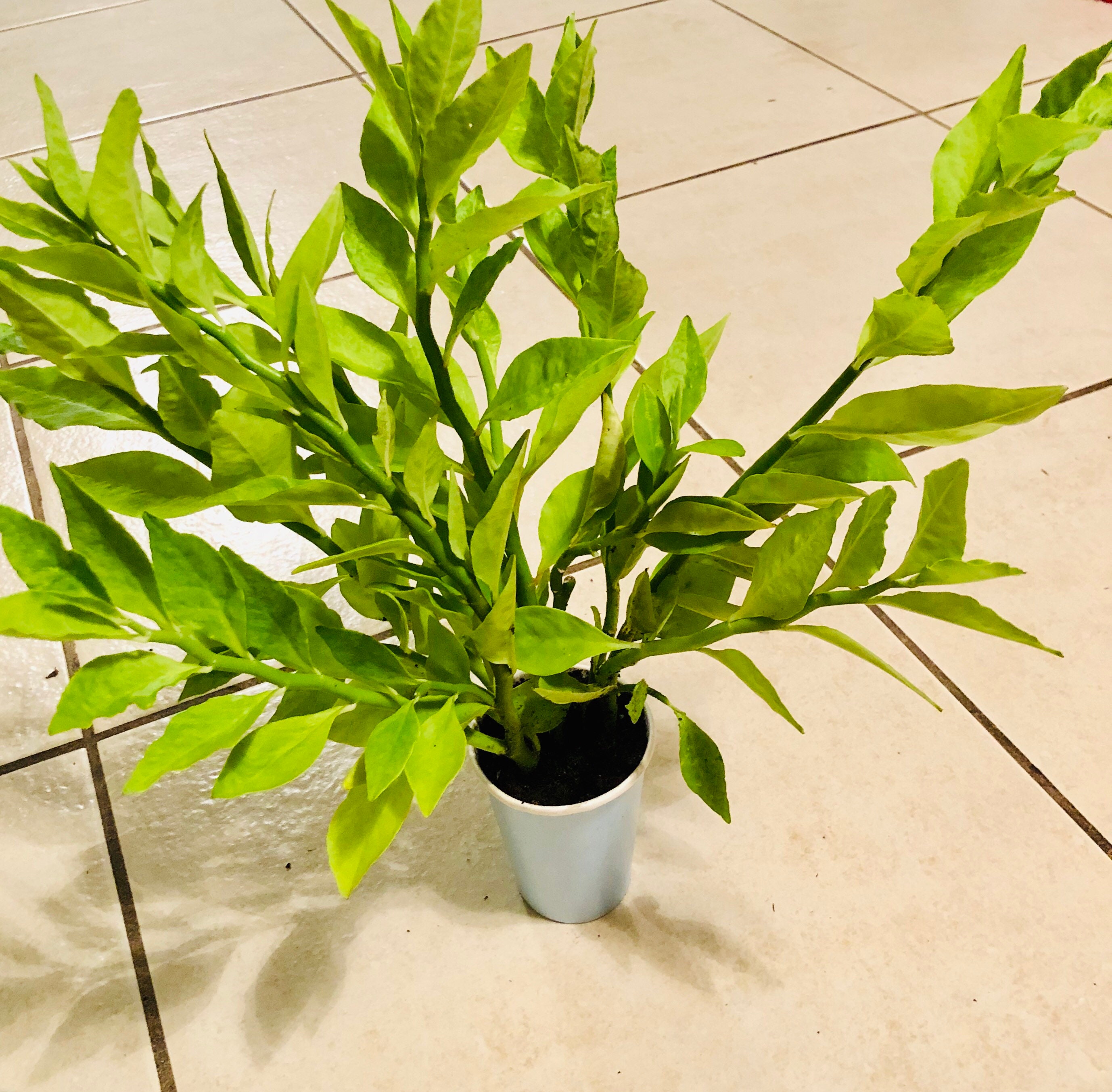
- DEVILS BACKBONE PLANT SUNLIGHT HOW TO
- DEVILS BACKBONE PLANT SUNLIGHT SKIN
- DEVILS BACKBONE PLANT SUNLIGHT FULL
Wet roots can be prevented by using unglazed pots, which allow excess moisture to evaporate. Consider sizing up by 3 to 4 inches in diameter if the roots seem to have outgrown the pot. Zigzag plants should be repotted every three years, and the potting mix and amendments should be replaced every year to avoid pest and fungus problems. Touching your eyes without properly washing your hands can cause damage to your eyes. After sorting, wash your hands thoroughly with soap and wipe them. Pruning troublesome branches with clean garden shears is as easy as trimming. In terms of pruning, zigzag plants require very little care. During the autumn and winter, the plant tends to go dormant, so discontinue any fertilizing during this time. Fertilizerįertilizer solutions diluted by half will produce the best growth for the plant once per month. When it comes to humidity, Devil’s backbone is one of the easiest houseplants to maintain low humidity is fine, as are average and high humidity levels. Although it prefers temperatures of 60 to 70 F, it can tolerate temperatures as low as 50 F and as high as 80 F without major issues. Therefore, you should place it in an area away from draughty windows. Unlike most tropical plants, the zigzag plant does not tolerate cold temperatures very well. Be sure the new pot is ready before transplanting. Repotting should be done every two to three years in a well-drained soil mix. It is best to use an unglazed clay pot with drainage holes on the bottom to ensure the soil drains well. To help absorb excess water, you might also add a little peat moss. The best way to maintain this plant is to use a commercial cactus mix or prepare your own potting soil mixture. You can help your plant stay healthy by misting it a bit if your house is dry. If the top few inches of the soil feel dry, you should water it. Provide moderate watering in the spring and autumn. Zig-zag plants are drought-tolerant, yet it is beneficial to keep the soil of the plants moist and watered regularly in summer and less water during winter. In the event that the foliage becomes scorched by too much sunlight, move it or create some shade. When growing in fall and winter, place the plant directly in the sun, but give it protection from stinging hot rays during spring and summer. The best place for it to grow is in an area where the sun shines throughout the day without direct sunlight. Let this succulent plant receive plenty of sunlight. Baby Devil’s Backbone plants are treated the same as adult plants. The new plants will need to be replanted in good houseplant potting soil. Moisten the perlite lightly until the stems begin to root. Put the cut end into a perlite pot after allowing it to callus for a few days. Simply cut off a portion of the plant stem that is 4 to 6 inches long. Propagationis as simple as growing the plant. A container with a chevron or zigzag design can be really effective for showcasing stems since it highlights interesting shapes.
DEVILS BACKBONE PLANT SUNLIGHT HOW TO
Zone 9-10 How to Grow and Care Devil’s Backbone PlantĪn upright houseplant like Devil’s backbone looks stunning in a tall, upright container to highlight its shape.
DEVILS BACKBONE PLANT SUNLIGHT FULL
Sun Requirements Full sun to partial shade Scientific Name Pedilanthus TithymaloidesĬommon Name zigzag plant, Devil’s Backbone
DEVILS BACKBONE PLANT SUNLIGHT SKIN
A variety of skin conditions have been treated with latex, including calluses, earache, insect bites, ringworm, skin cancer, toothache, and umbilical hernias. Tea has been used in folk medicine for treating asthma, persistent coughing, laryngitis, mouth ulcers, and venereal disease using leaves brewed from the plant. The root is well known for its emetic properties. Pedilanthus Tithymaloides are pinnately veined. Glabrous leaves are acuminate and smooth, with entire edges.

About 35 to 75 mm in length, each leaf is sessile (attached directly to the plant). Located oppositely on the stem, the leaf is a simple angiosperm leaf. In general, the shrub grows to a height of 1.8 to 2.4 meters and is about 45 to 60 cm wide. The devil’s backbone plant (also known as zigzag plant, pedilanthus) is a pleasure to grow, despite its common name. Follow me Devil’s Backbone Plant (zigzag plant)


 0 kommentar(er)
0 kommentar(er)
